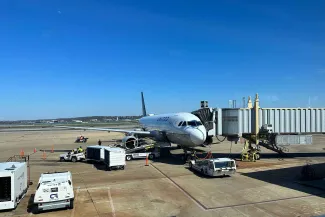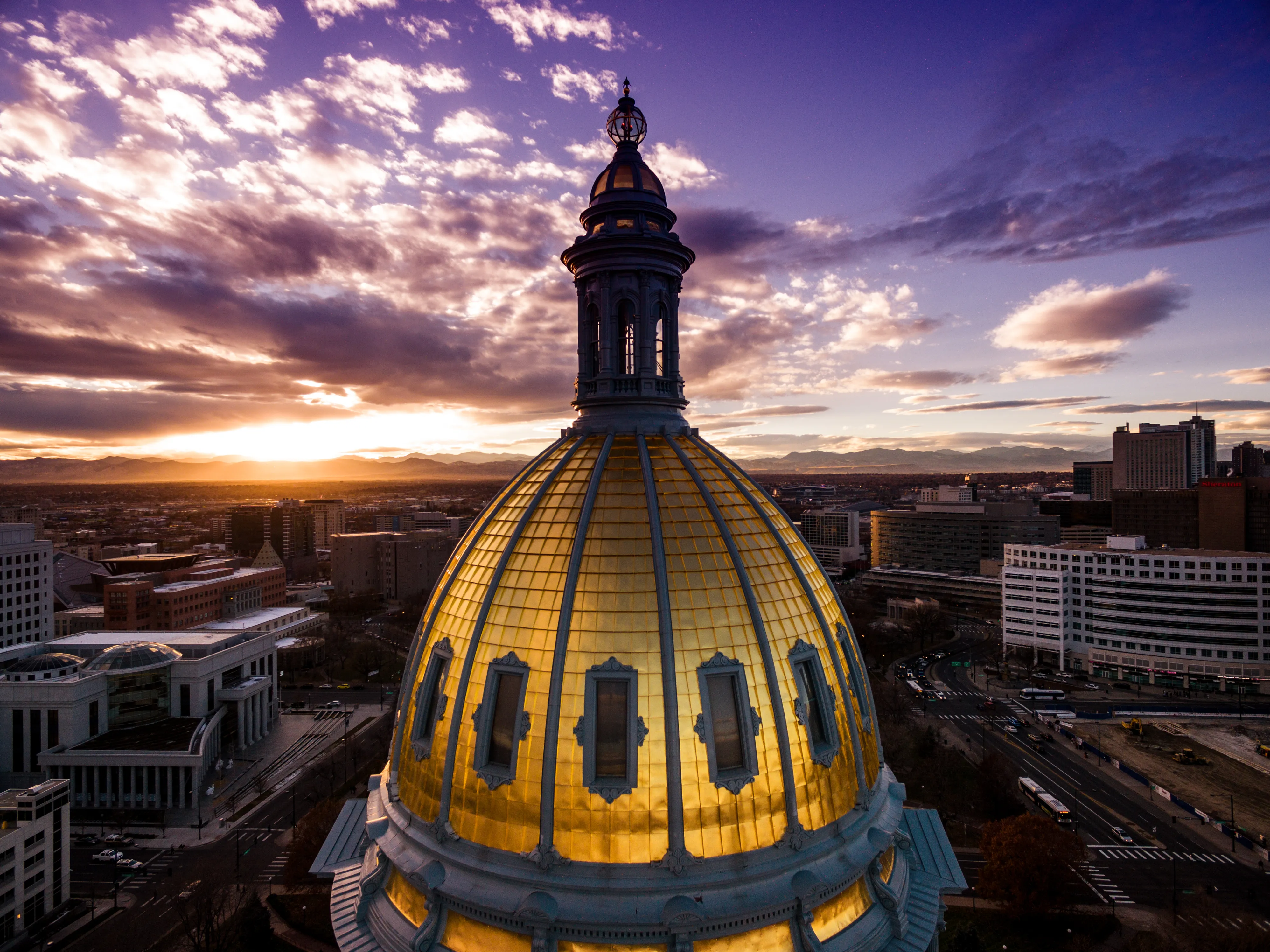
EarthTalk - Is leisure travel so bad for the planet that we are all better off just staying home?
©
Dear EarthTalk:
Is leisure travel so bad for the planet that we are all better off just staying home?
Jackie Smith, Boston, MA
According to the International Air Transport Association, in 2024 global air travel increased by 10.4 percent. Behind this surge in tourism is growing affluence in developing countries, demographic shifts to younger generations, convenience of travel, and increasing awareness through social media.
Despite the booming economies traveling creates, there lurks the harsh penalties that each flight, drive and cruise puts on Mother Earth. Tourism accounts for about eight percent of world greenhouse gas emissions. University of Queensland Associate Professor Ya-Yen Sun conducted a study showing how tourism is the leading producer of greenhouse gases of all global economic sectors. Dr. Sun and his research team anticipate “annual increases in emissions of three to four percent” from travel alone.

© Chris Sorensen
Transportation is the primary contributor of greenhouse gases from travel, almost half of tourism’s carbon footprint. Online emissions calculator, Atmosfair, shows that a single round-trip flight from New York to Los Angeles for a typical family emits 7.1 metric tons of carbon dioxide (CO2). This is equivalent to the greenhouse gas emissions from approximately 1.7 gasoline-powered vehicles driven in one year.
“Goods” and “Food & Beverage” make up the next largest contributors of greenhouse gases. These categories encompass the souvenirs and shopping experiences of tourism, considering production, manufacturing and shipping. Food production entails growing, processing, transporting, and much more, thus multiplying its carbon footprint.
Visualizing the effects of global warming is difficult, even with these numbers and facts. Rising sea levels and dwindling ice sheets seem hardly connected to one airplane ride. The gradual nature of such changes helps to ease its burden on the mind. But individuals collectively have a rather hefty effect. University of Tennessee Professor John Nolt concluded after calculations that “the average American is responsible, through his/her greenhouse gas emissions, for the suffering and/or deaths of one or two future people.”
The future may appear bleak factoring in these stats and research. Yet, we can and are doing more to combat travel’s eco-damage. Aircraft emissions are being lowered through biofuels, electric motors and efficient design. Quitting travel is extreme, but consider the impacts of your next trip. And if the answer to travel or not is yes, decrease your carbon footprint: buy offsets, choose efficient airlines, fly during the day. And remember what Dorothy concluded after her travels: “There’s no place like home.”
CONTACTS
- Atmosfair, www.atmosfair.de/en/offset/flight/
- Global Outlook for Air Transport, iata.org/en/iata-repository/publications/economic-reports/global-outlook-for-air-transport-june-2024-report/
- Carbon Footprint of Tourism, https://sustainabletravel.org/issues/carbon-footprint-tourism/.
EarthTalk® is produced by Roddy Scheer & Doug Moss for the 501(c)3 nonprofit EarthTalk. See more athttps://emagazine.com. To donate, visit https://earthtalk.org. Send questions to: question@earthtalk.org.
















